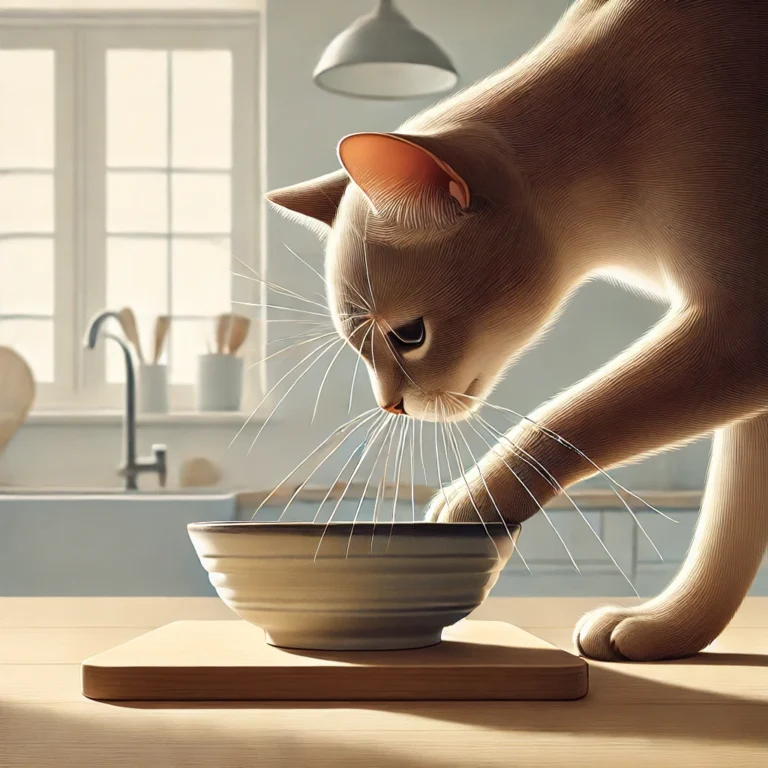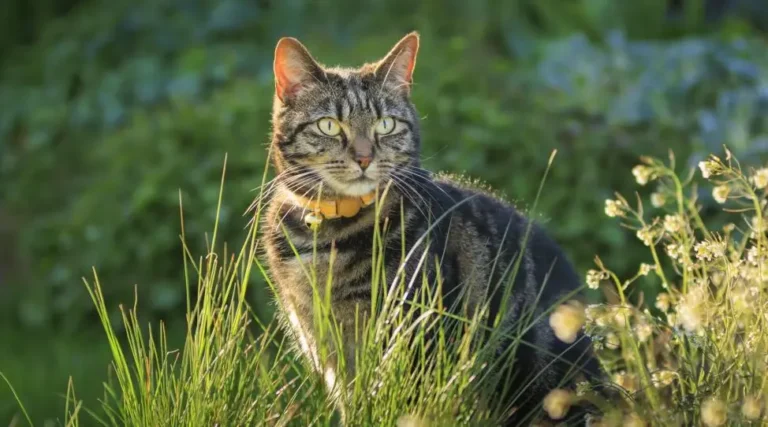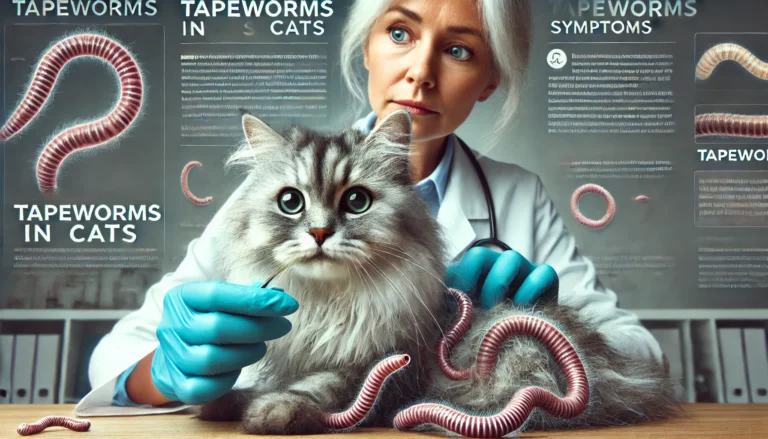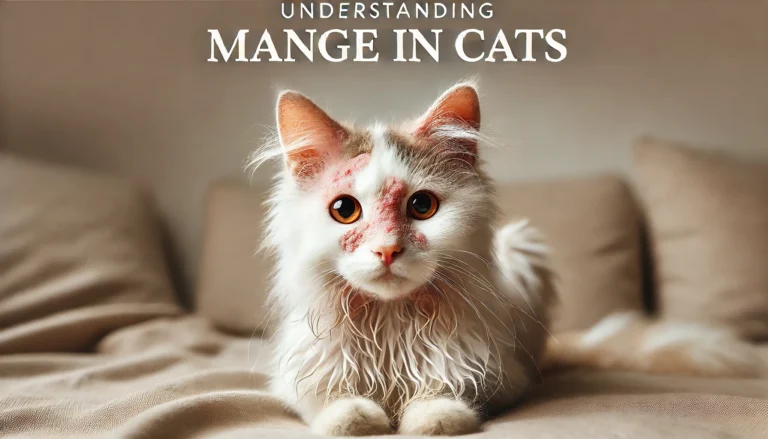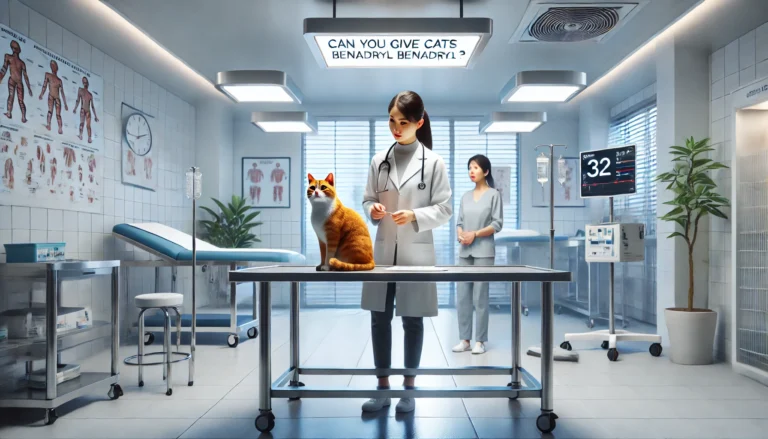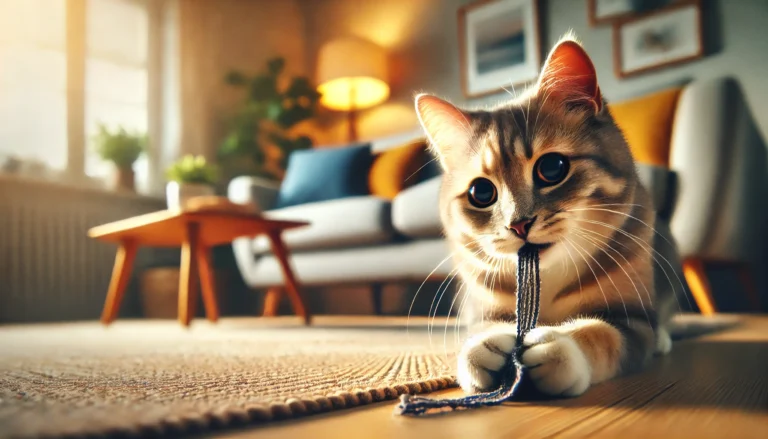yellow skin in cats
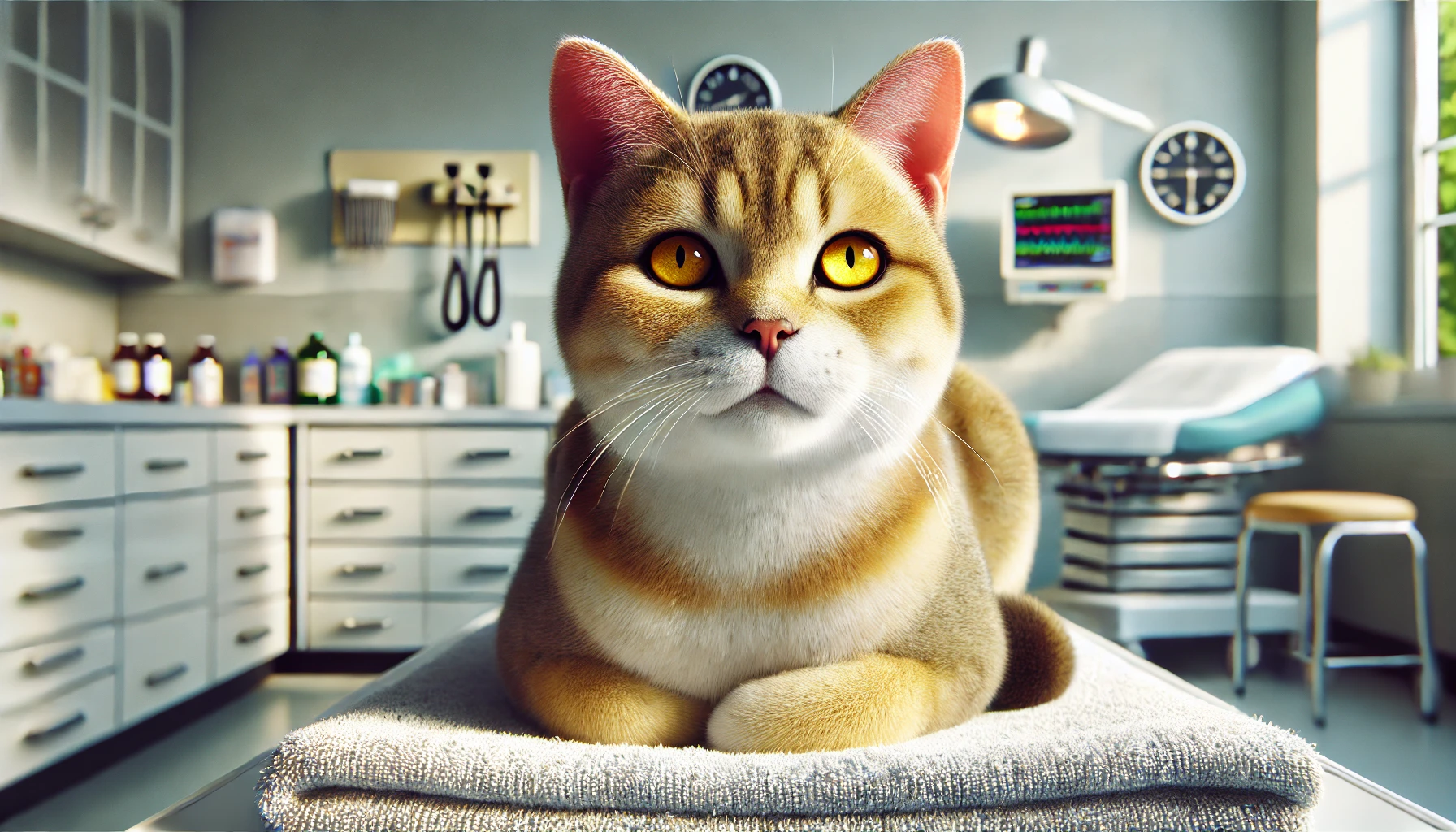
Yellow skin in cats, also referred to as icterus or jaundice, is a significant indicator of health issues that should not be overlooked. This condition manifests as a yellowish discoloration of the skin, eyes, and mucous membranes, and is typically associated with liver problems, bile duct obstruction, or the breakdown of red blood cells. Understanding the causes, symptoms, diagnosis, and treatment of yellow skin in cats is crucial for pet owners to ensure timely and effective care for their feline companions.
Understanding Yellow Skin in Cats
What is Yellow Skin in Cats?
Yellow skin in cats is primarily caused by an accumulation of bilirubin, a byproduct of red blood cell breakdown. Normally processed by the liver and excreted in bile, any disruption in this process can cause the yellow pigment to build up, leading to the yellow coloration visible in the skin and eyes of cats.
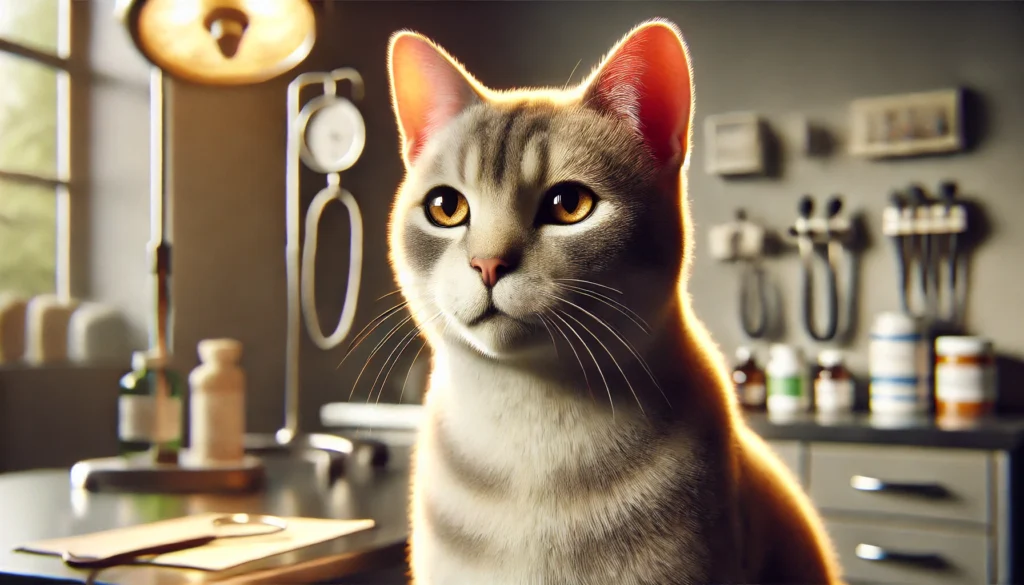
Types of Yellow Skin (Jaundice)
- Pre-hepatic Jaundice: This type occurs when there’s an abnormal breakdown of red blood cells, leading to increased bilirubin before it reaches the liver. Causes include hemolytic anemia or infection.
- Hepatic Jaundice: Resulting from liver diseases such as hepatitis, liver cirrhosis, or fatty liver, which impair the liver’s ability to process bilirubin.
- Post-hepatic Jaundice: Caused by obstruction in the bile duct, preventing bilirubin from being excreted, which leads to yellow skin in cats.
Causes of Yellow Skin in Cats
- Pre-hepatic Causes: Infections, toxins, or genetic disorders leading to rapid red blood cell destruction.
- Hepatic Causes: Diseases within the liver, such as tumors, infections, or inflammatory diseases affecting bilirubin processing.
- Post-hepatic Causes: Blockages due to tumors, cysts, or inflammation in the bile ducts.
Recognizing Symptoms of Yellow Skin in Cats
- Yellow Discoloration: Visible yellowing of the skin, particularly around the eyes, inside the ears, and on the gums.
- Behavioral Changes: Reduced appetite, increased lethargy, and possible depression.
- Physical Symptoms: Vomiting, weight loss, and changes in stool and urine color.
- Further Signs: Dehydration or increased thirst can also be indicative of related health issues.
Diagnosing Yellow Skin in Cats
- Veterinary Examination: Includes checking for yellowing of the skin and eyes and palpating the abdomen to assess liver size.
- Blood Tests: To measure levels of bilirubin, liver enzymes, and complete blood counts.
- Imaging Techniques: Ultrasound or X-rays to view the liver and bile ducts for any abnormalities.
- Liver Biopsy: In inconclusive cases, to directly assess liver tissue.
Treating Yellow Skin in Cats
Tips
Discover the Balinese cat breed, where exotic elegance meets captivating charm in every silky, flowing coat and sapphire gaze!
Treatment Based on Underlying Causes
- Infectious Diseases: Managed with antibiotics or antiviral medication.
- Liver Disorders: Dietary changes, medications, and possibly surgery.
- Biliary Obstruction: Surgical intervention may be necessary to remove blockages.
Supportive and Symptomatic Care
- Hydration and Nutritional Support: IV fluids and feeding tubes if necessary.
- Medications: To manage symptoms such as nausea or pain.
Preventing Yellow Skin in Cats
- Regular Health Checks: Essential for early detection of conditions that could lead to jaundice.
- Diet Management: Ensuring a well-balanced diet suited to your cat’s specific health needs.
- Avoid Exposure to Toxins: Such as chemicals or harmful plants that can cause liver damage.
Conclusion
Yellow skin in cats is a serious condition that requires immediate veterinary attention. By understanding the various causes and appropriate responses to this symptom, cat owners can better manage their pet’s health and potentially prevent severe complications. Awareness and prompt action are key in dealing with yellow skin in cats, ensuring a better prognosis and quality of life for affected felines.
What does it mean when your cat’s skin turns yellow?
When a cat’s skin turns yellow, it usually indicates jaundice, which is often a sign of an underlying health issue such as liver problems, a blockage in the bile ducts, or hemolysis (the breakdown of red blood cells). This condition warrants prompt veterinary attention to determine the cause and appropriate treatment.
Is jaundice life-threatening in cats?
Jaundice can be life-threatening in cats if not addressed quickly and effectively. It often signals serious conditions such as liver disease, infections, or toxic ingestion that require immediate medical intervention.
How do you treat jaundice in cats?
Treating jaundice in cats involves addressing the underlying cause. This may include medications to manage liver disease, surgery to remove obstructions, or supportive therapies such as fluid therapy and dietary modifications. Close veterinary supervision is crucial to monitor the cat’s progress and adjust treatments as necessary.
Why has my cat’s fur gone yellow?
A cat’s fur may appear yellow due to staining from substances like nicotine or because of yellowish skin showing through in lighter-colored fur due to jaundice. If the yellowing is due to jaundice, it is important to seek veterinary care promptly.
What to feed a cat with jaundice?
A cat with jaundice needs a highly digestible, high-quality protein diet to support liver function without overtaxing it. Veterinarians might recommend therapeutic diets formulated for liver health or homemade diets prepared under veterinary guidance. Adequate hydration is also crucial.
What causes yellow skin not jaundice?
Yellow skin not attributed to jaundice could be due to a buildup of carotenoids from consuming foods high in beta-carotene, such as carrots or pumpkin, especially in light-colored or white cats. However, any noticeable change in skin color should be evaluated by a veterinarian to rule out more serious conditions.

